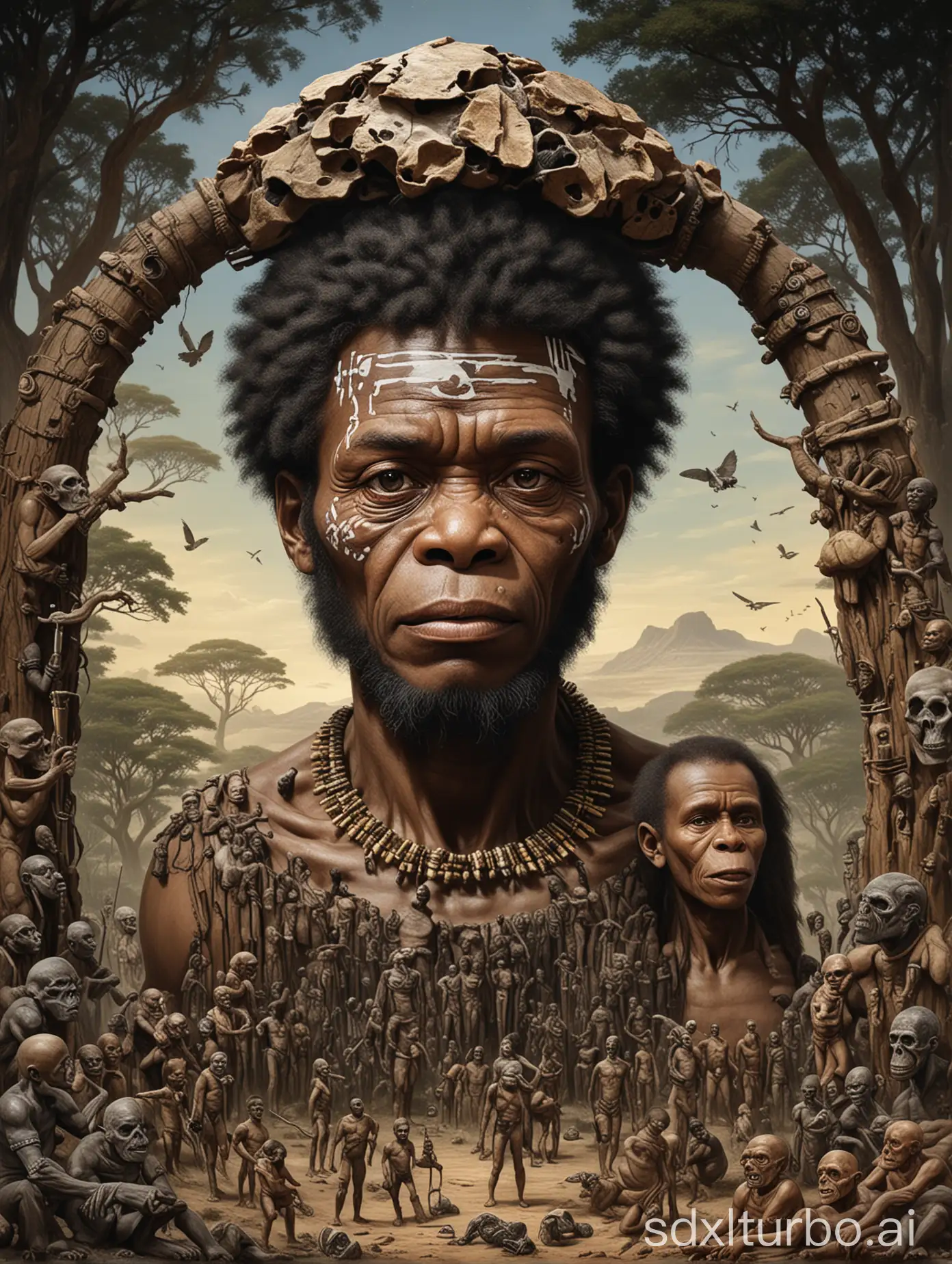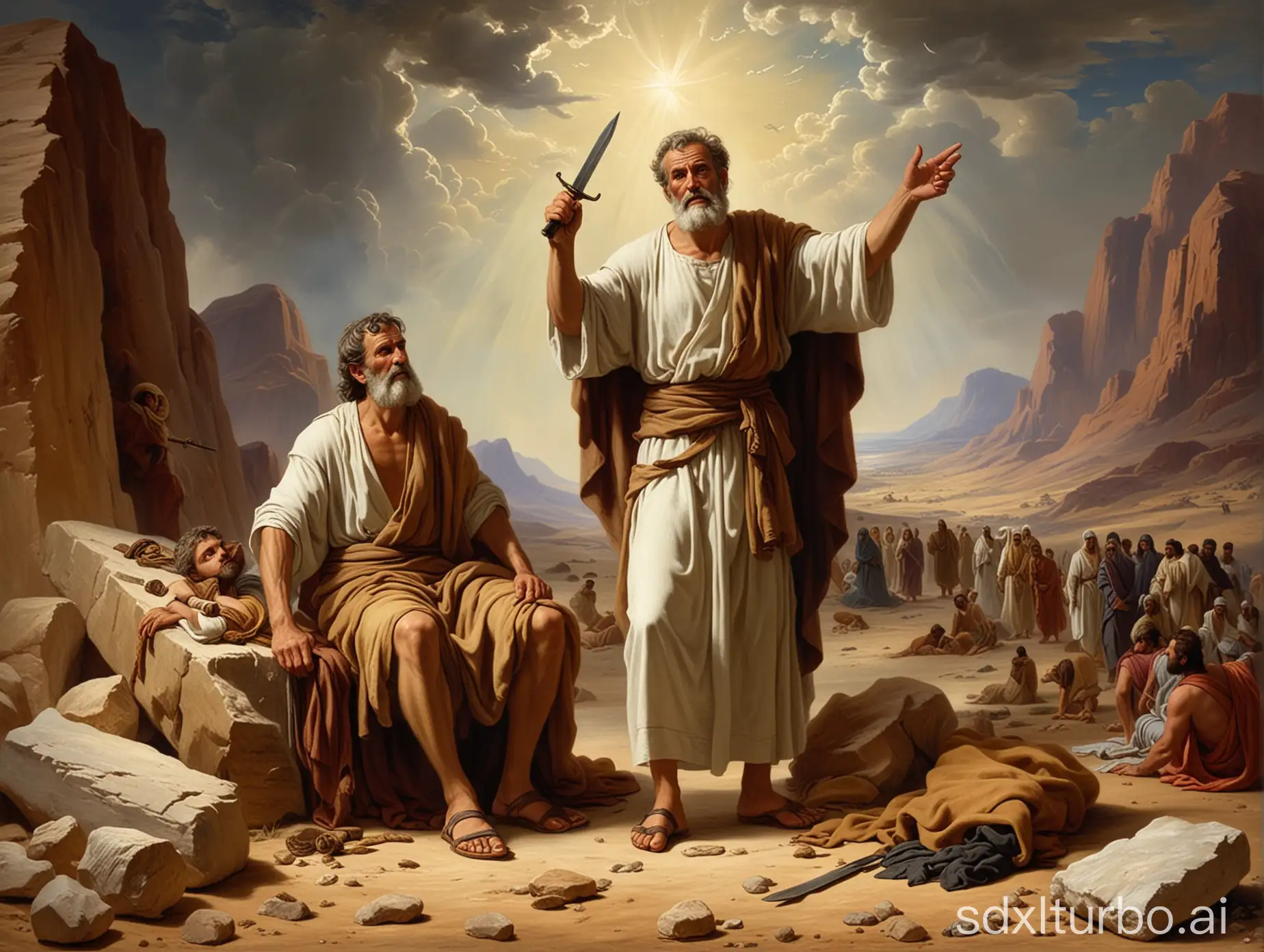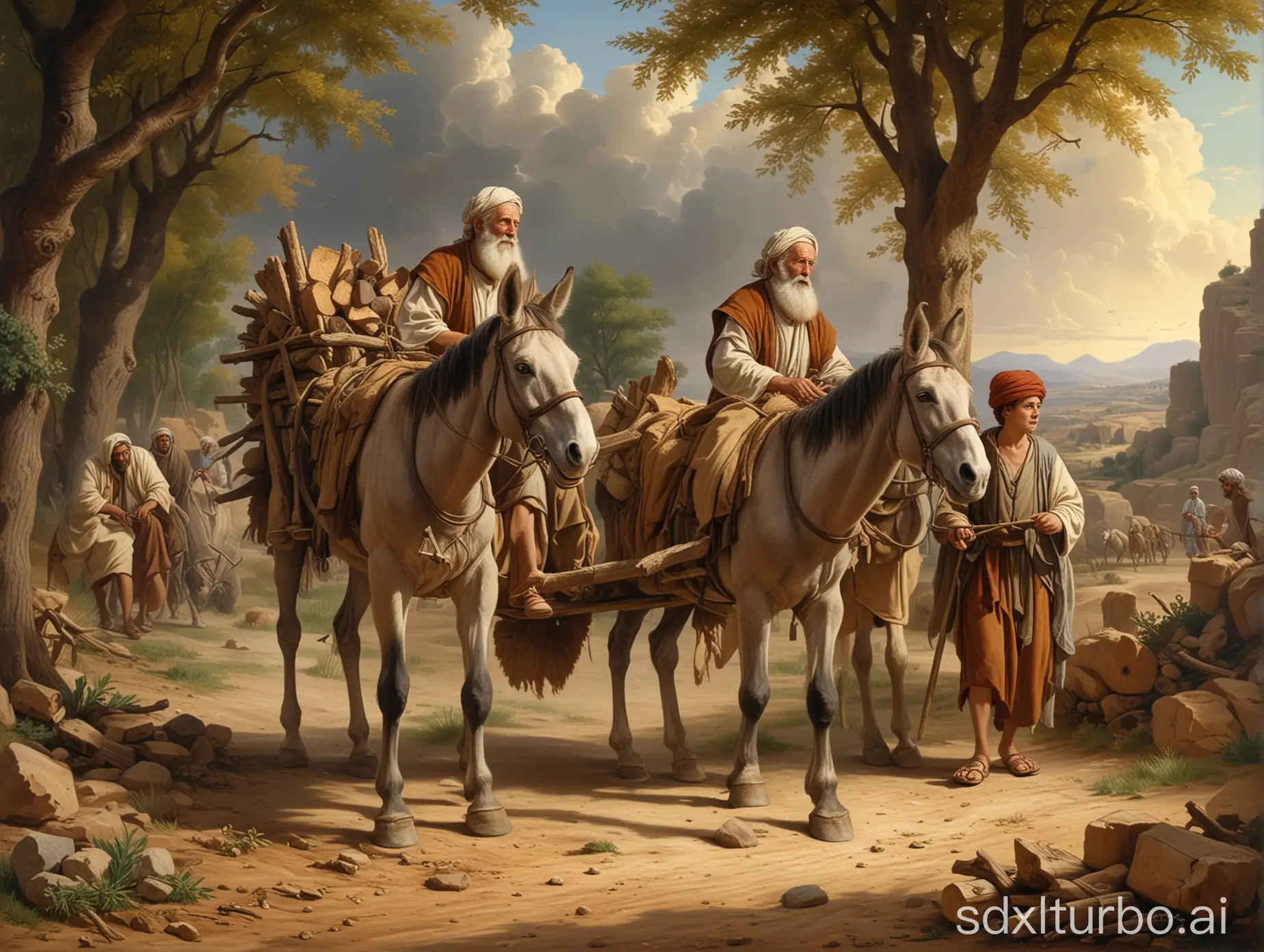Homo Naledi and Homo Sapiens in Isaac Asimovs Depiction

Image Prompt
Prompt
homo naledi and brother homosapiens depicted by isaac asimov
Choose Model: realistic
Aspect Ratio: 3:4
Generated by Stable Diffusion SDXL
Related Tags
Prompt Analyze
- Subject: Homo Naledi and Homo Sapiens Homo Naledi and Homo Sapiens represent two distinct species in human evolutionary history. Homo Naledi, discovered in the Rising Star Cave system in South Africa, provides insights into early human evolution. Meanwhile, Homo Sapiens, modern humans, have evolved over thousands of years to become the dominant species on Earth. This juxtaposition in the image highlights the contrast and continuity between these two species. Setting: Isaac Asimov's Depiction Isaac Asimov, a renowned science fiction author and futurist, provides a unique lens through which to view Homo Naledi and Homo Sapiens. Asimov's works often explore themes of human evolution, technology, and the future of humanity. The depiction in the image could feature an imaginative setting that merges elements of Asimov's storytelling with scientific accuracy, creating a visually compelling scene that stimulates the viewer's imagination. Background/Style/Coloring: Evocative and Thought-Provoking The background of the image could incorporate elements that evoke the ancient past and the distant future, symbolizing the vast expanse of human history and potential. The style and coloring might blend realism with elements of surrealism or futuristic aesthetics, capturing the imagination of viewers and prompting contemplation about humanity's journey from its origins to its potential destiny. Action/Items: Dialogue Between Past and Future The image could depict Homo Naledi and Homo Sapiens engaged in activities or interactions that symbolize the dialogue between the past and the future. Perhaps they are exchanging knowledge or artifacts, representing the transmission of wisdom and culture across generations. Additionally, symbolic items like tools or artworks could be included to signify humanity's creative and intellectual achievements. Costume/Appearance/Accessories: Reflecting Evolutionary Traits Homo Naledi and Homo Sapiens could be depicted with attention to their physical characteristics, reflecting their respective evolutionary traits. Homo Naledi might have more primitive features, such as a smaller braincase and robust body proportions, while Homo Sapiens would exhibit modern human traits, such as a larger braincase and less robust physique. Their clothing or adornments could also reflect the cultural context of their respective time periods.







